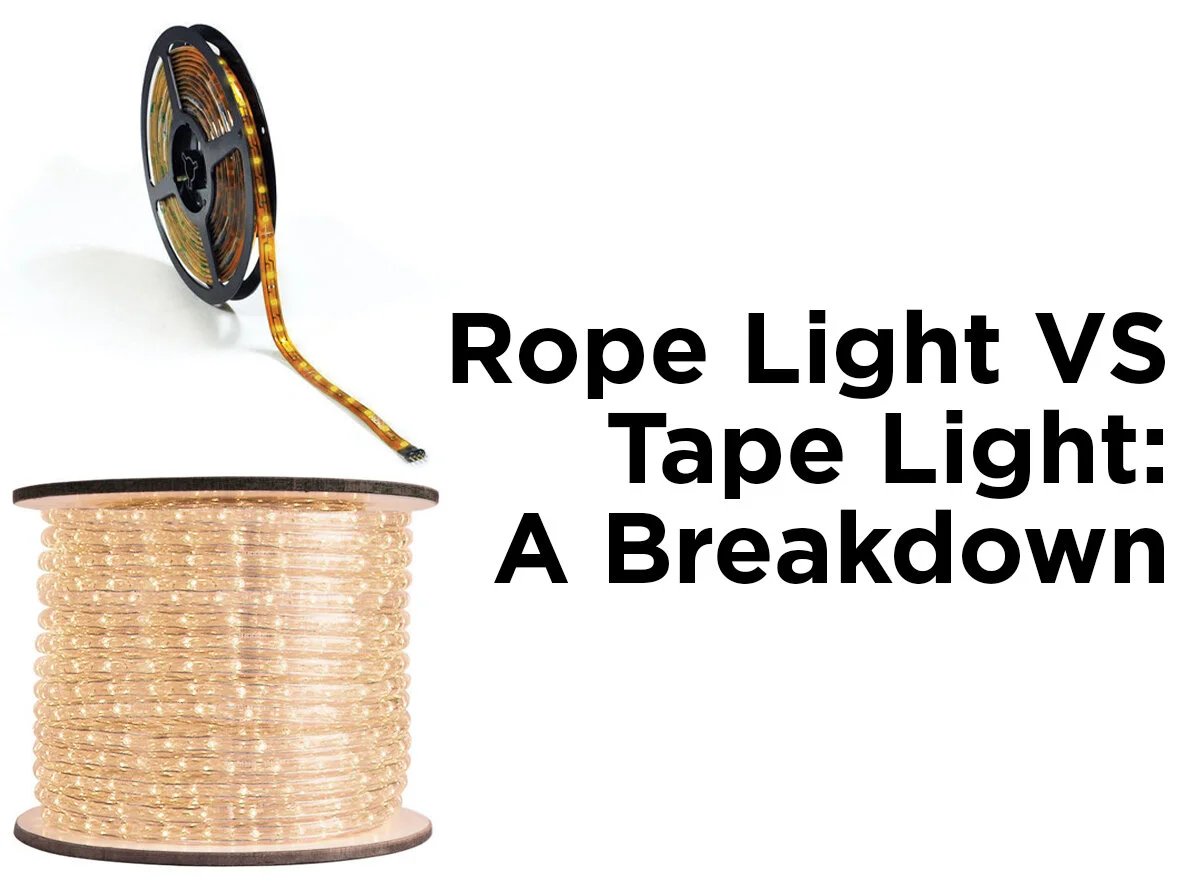Fire Safety 101, Part 1
One of the most overlooked, yet vitally important safety features of any house is the smoke alarm. You've spent a lot of time and money turning your house into your home, filling it with irreplaceable things like wedding pictures and family heirlooms. An early warning from the right kind of alarm could help save those things, not to mention you and your family. Protecting your home from fire and carbon monoxide threats is serious business. In this two-part series, we'll discuss the different types of alarms, the advantages of each, the placement of alarms, and necessary fire safety accessories. First up are the types of smoke and carbon monoxide alarms available and their individual benefits.
Ionization Alarms
Ionization alarms detect invisible particles produced by fast, flaming fires, usually caused by things like grease or paper, or candles too close to curtains. Ionization sensors are generally better at detecting invisible fire particles sooner than photoelectric alarms. These alarms are either battery powered or wired directly into a power source, which is a definite plus as this prevents the alarm from not functioning due to dead batteries. Many of the wire-in alarms also feature a battery backup, protecting you even during power outages. These alarms have tamper-resistant features, preventing the battery from being removed for other uses, such as for video game console controllers or TV remotes.
Photoelectric Alarms
Photoelectric alarms can detect the large particles associated with smoldering fires, such as an electrical fire that starts in the walls, sooner than ionization sensors. Photoelectric alarms, just like ionization alarms, can either be battery powered or wired into your home's power source and also provide battery backup. Since there are many different types of fires that can strike your home, it is recommended to install one alarm with ionization sensors and one with photoelectric sensors.
Dual Photoelectric and Ionization
Dual photoelectric and ionization alarms provide protection from fast, flaming fires and smoldering fires. These types of alarms are generally wire-in alarms and also feature a battery backup to keep protecting you during a power outage. Since there is no way to know which type of fire can strike your home, these alarms are recommended because they protect you from both types of fires..
Heat Alarms
Heat alarms detect high levels of heat, and alarm when the temperature reaches a preset level or when the unit detects a steady rise in temperature. Heat alarms are meant to supplement smoke alarms and give early warning of heat from a fire. These alarms are ideal in garages, kitchens, or other places with conditions not suitable for smoke alarms. Garages are usually not heated or cooled, so the temperatures can be below or above the alarm's operating temperature, while smoke alarms installed too close to cooking appliances can lead to nuisance alarms. Heat alarms are generally interconnectable, meaning if one alarm is triggered, all the alarms sound, giving you enough time to safely escape.
Carbon Monoxide Alarms
Carbon monoxide alarms are pretty straightforward. These alarms detect dangerous levels of carbon monoxide (CO). What makes CO so dangerous is that it cannot be seen, smelled, or tasted, so a CO alarm is definitely recommended, especially if you have gas appliances, as these can malfunction and leak the deadly gas. Even if you don't have gas appliances, a CO alarm is recommended if you have a fireplace, as the burning wood gives off carbon monoxide. Just like the photoelectric and ionization fire alarms, the CO alarms are generally wire-in with a battery backup.
Protecting your home from fire and carbon monoxide threats is easier than you think, and we hope we just made it easier. If you have any questions about these products or just want to share how your home is protected, drop us a comment in the box below or visit us on Facebook or Twitter!







